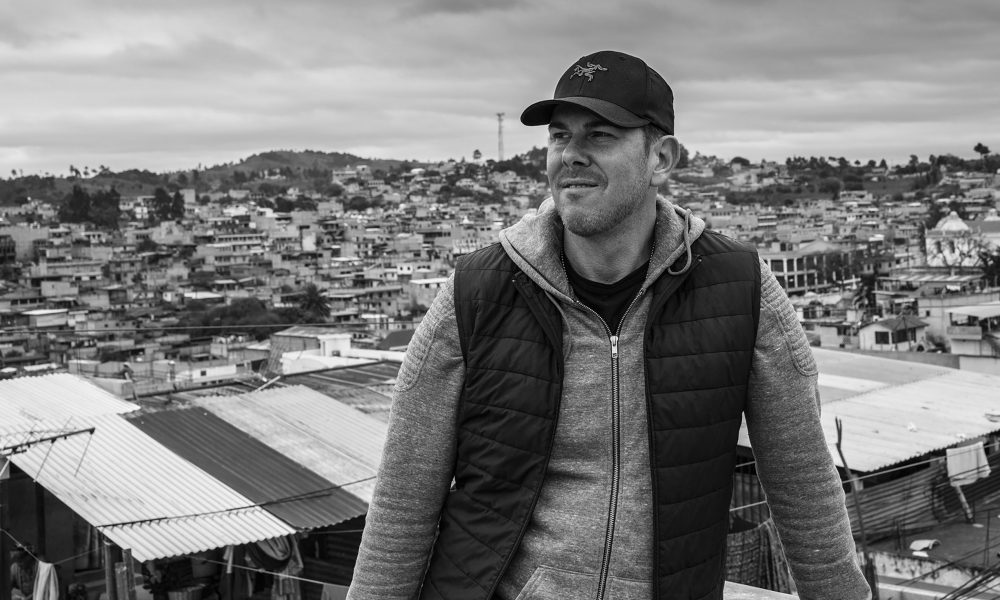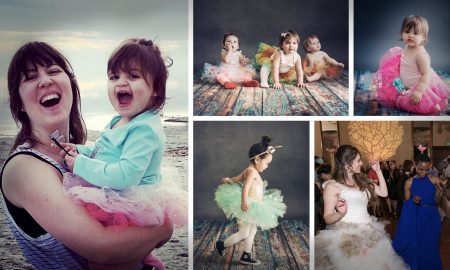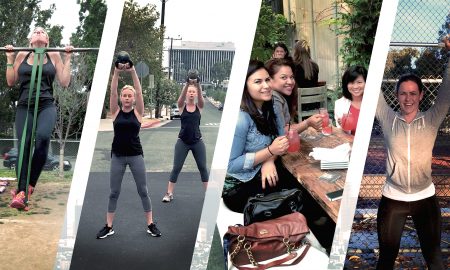

Today we’d like to introduce you to Eric J. Smith.
Every artist has a unique story. Can you briefly walk us through yours?
I am a Los Angeles based photographer and documentary director and for over a decade the focus of my career has been documenting the work of nonprofits and socially responsible businesses. I am the son of a photojournalist and grew up watching my mother develop film in newspaper darkrooms around suburban Philadelphia. A graduate of the graphic design program at RISD, my documentary imagery is very influenced by my early career as a designer in New York and a creator of feature film and television title sequences in LA.
In my current role as a Creative Director and Head of Photography for EcoMedia, a CBS Company, I have the opportunity to document the work of change makers and tell the stories of people who are making a difference in their communities. This position has taken me to remote regions of Haiti to cover reforestation efforts, the Texas Gulf Coast to document the aftermath of Hurricane Harvey, a clean cook stove initiative in rural Guatemala as well as to Bakersfield to spend a day with a DACA recipient.
My photo of a Redondo Beach boater gazing at his iPhone during a humpback whale breach has been featured by hundreds of media outlets around the world. The image sparked an international dialogue about addiction to smart phones.
Please tell us about your art.
I want to evoke a sense of empathy in my work. Our planet is at once enormous and very small. I hope to bring stories and images that I have the tremendous opportunity to see, to people who don’t. I have an affinity for animals and our environment and a lot of my personal work is an exploration of those subjects. From photographing sharks in remote Kiribati coral reefs to an aerial exploration of Yellowstone’s magical Midway Geyser Basin to the gray whale migration in Baja, I am fascinated by Earth. My hope is that by viewing these photographs, people will think twice about their impact on the planet. I want people to reduce their CO2 output as well as their single use plastic consumption.
I use a camera with a 50megapixel sensor. I think the fine details of an image are critical to achieve the vibrancy that I am after. I also prefer to make large prints. I want the viewer to fall into the images, to explore a detailed moment in time.
What do you think about conditions for artists today? Has life become easier or harder for artists in recent years? What can cities like ours do to encourage and help art and artists thrive?
As technology democratizes photography, the ability to make a living at it has become infinitely more challenging. Cities like LA, the content capitol of the world, can support talented artists by giving them opportunities for exposure to benefactors and decision makers. We are lucky to live in a city with such incredible diversity and it should be celebrated often.
How or where can people see your work? How can people support your work?
My work has been exhibited in galleries here in Los Angeles, published on all CBS platforms, by National Geographic, the Wall Street Journal and dozens of other publications. I am always looking for new opportunities to show my photos. People can support my work by following my social channels, visiting my website, and of course purchasing prints!
Contact Info:
- Website: esmithimages.com
- Phone: 323.536.9860
- Email: [email protected]
- Instagram: @esmith_images
- Facebook: esmithimagesofficial
- Twitter: @esmith_images







 Image Credit:
Image Credit:
Eric J. Smith and Eric J. Smith/CBS EcoMedia
Getting in touch: VoyageLA is built on recommendations from the community; it’s how we uncover hidden gems, so if you know someone who deserves recognition please let us know here.



















